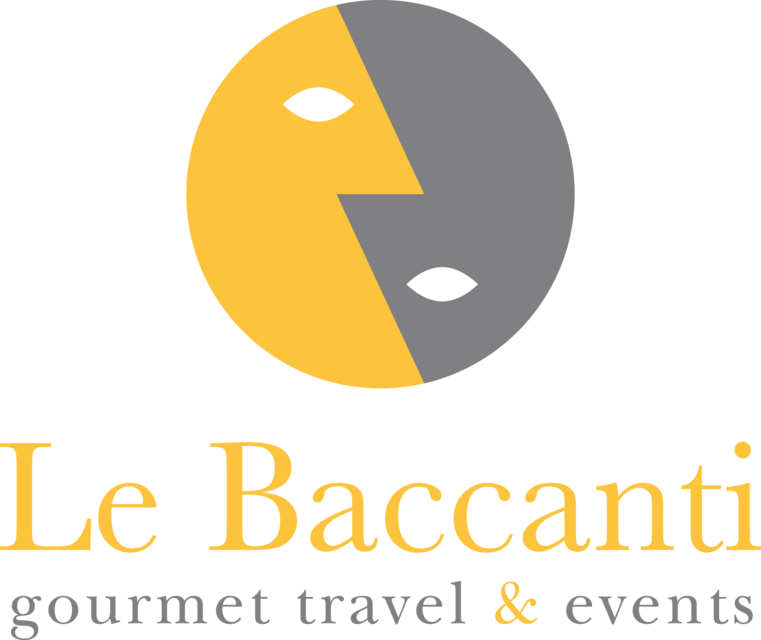ABOUT TUSCANY AND UMBRIAeuro... two terms of enchantment that weave embracing impressions of somnolent walled towns guarding hilltops under the moody Mediterranean sun; of rolling vineyards, and silvery, shimmering, olive groves; of great, cool umbrella pines shading old roads, and tall cypresses marching along horizon ridges; of majestic palaces and hymns-in-stone cathedrals; of vast treasuries of masterworks in paint, stone and bronze; of simple, tasty, healthful, low-cholesterol, tangy-fresh food; of sylvan mountains, and beaches both sandy and rocky -- and, permeating it all, of silent, inescapable echoes of Etruria, Rome, the Middle Ages and the Renaissance. And so much has been written about all of these throughout the past five centuries that we can only offer you a meagre and simplistic thumbnail sketch of some things you oughtneurot to overlook while here.Statistics: The Modern Region of Tuscany (Regione Toscana) coincides with the old Grand Duchy (Grand Ducato di Toscana) as it was up to its absorption into newly-created Kingdom of Italy in 1860. Total area is 22,900 km2 (cfr.: Wales 20,700, Holland 33,400, Massachusetts 21,400), current population about three and a half million. Umbria was a province of the Papal States until the conquest of these by Italian forces and their absorption into the Kingdom of Italy in 1871. Total area is 8,450 km2 (cfr.: Northern Ireland 13,450, Delaware 5,350), current population about eight hundred thousand. The citiesThe epicentres are, needless to say, Florence (what could be said about her in ten words?), followed by Lucca, Siena and Arezzo in Tuscany, and Perugia (same thing), followed by Assisi, Spoleto and Orvieto in Umbria. Entire libraries have been devoted to their inexhaustible offerings of sights, sounds, flavours and pageantry, and no thumbnail summary can hope even to scratch the surface.Fortunately, nowadays most of the guide books on offer in news-agentseuro stalls and bookshops are good -- look for the copyright date and chose one written after 1998. All historical city centres are pedestrian zones -- remember while ambling through them that by now all the worldeuros city streets look the same at eye level . . . same plate-glass windows, same lighting, much the same wares on offer.Rather look up and around you, at the kaleidoscope of architectural themes and variations accumulated often over ten centuries that will please, amuse and/or irritate your eyes, if you know how to see them. Explore off-the-main-drag side streets and alleys, where youeuroll often find good trattorie -- small unpretentious restaurants -- with savoury fare and good local wines at reasonable prices . Tuscanyeuros Lucca is a wonderful full dayeuros experience because, aside from the fascination of the townscape and its contents, it is the most liveable, orderly, day-to-day enjoyable city you could ever wish to be in. By all means, eurodoeuro it with a guide book! Arezzo has similar qualities but is larger, more bustling and noisier, and, being built on a steep hill, harder on the feet. Siena is the Very Pearl of All Italian Mediaeval Cities, a wonder of preservation and livableness -- easily worth two dayseuro stay.All are unmistakably Tuscan in character and speech . . . and in their cucina, cuisine, including wines and precious hard-to-come-by local olive oils. Umbriaeuros Perugia will keep you amazed and amused for as long as youeurod like to stay. Assisi is essentially the overwhelming Basilica of Saint Francis, plus the usual warp and weave of a typical small Trecento city off to one side. Thus also the much larger Spoleto, albeit without basilica or Saint Francis.The faade of Orvietoeuros duomo, cathedral, will send shivers of delight and awe down your spine, especially if you see it in the afternoon sun. These communities are unmistakably Umbrian in personality, architecture, speech (in several dialects, all very different from Tuscanyeuros) and in the cucina, which is more elaborate than the Tuscan because influenced by Rome, and has many specialities, including pastries, unknown in Tuscany. Small towns and villagesNot all are attractive, not even remotely so -- in fact, many are depressingly ugly. For historical reasons too complex for expounding here, all Italy lacks those pretty water-colouristseuro villages and picturesque chocolateeuro-box-top market towns so common in Britain and Germany -- so on this score doneurot be disappointed.What youeuroll find instead are many very handsome, sometimes stunningly so, small ancient cities that are timeless in soul and fabric. All are marked with the same mediaeval stamp that makes them spartan, rugged, severe, with veins of tragedy counterbalanced by occasional flamboyance, but never jocular, bustling, canorous.In Tuscany there is much Romanesque, some Gothic, and overabundances of Renaissance, but virtually no Baroque or Rococo. It is much the same in Umbria, although few Umbrian arts ever reached Tuscan levels of quality and quantity. So set the dial on your mental time sensors back to before 1600, with a spike for 1400-1500. The countrysideGiven clement weather, it would be an unfortunate visitor indeed whoeurod come away from Tuscany or Umbria without nurturing in his memory the tumbling patchwork of panoramas that warm the hearts of pessimists, prod the curiosity of dullards and rejuvenate the spirits of the aged. Few lands anywhere, at least in the Western world, blend maneuros intrusions so successfully, so symbiotically and aesthetically, with an amenable, amiable and bountiful earth. At least so it was until recently. Torquato Tasso, who wasneurot a Tuscan, thought Tuscany might be the earthly paradise. But such rewards are not reaped from air-conditioned cars on motorways. Excursions onto small back-roads are advised -- windows down, conditioner off! -- and then, a suitable spot for leaving the car having been found, an houreuros or two walk. Well-planned walking maps are available for every region, many of them chosen to meet special interests, e.g. in rural architecture, agriculture, horticulture, history, crafts and artisanship, and so on. Weeuroll gladly help in any way we can to make your visit memorable.




